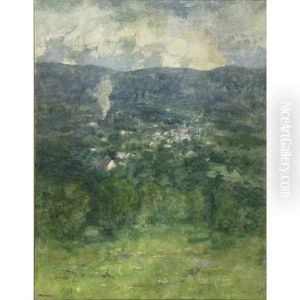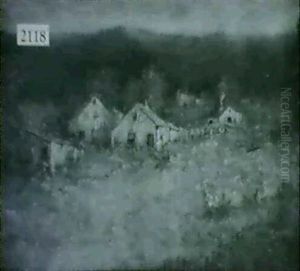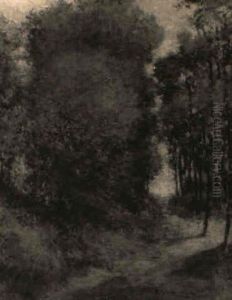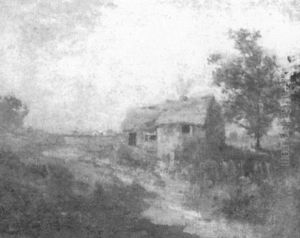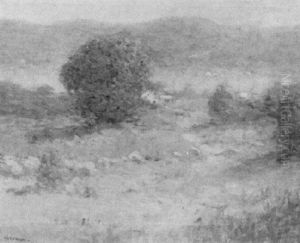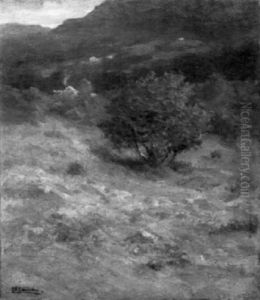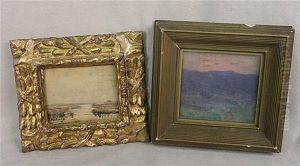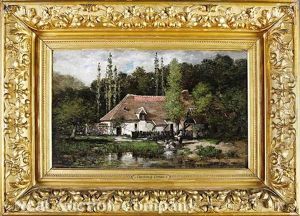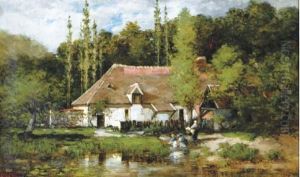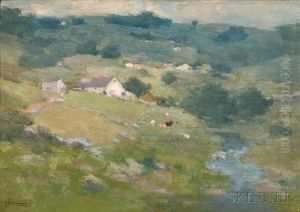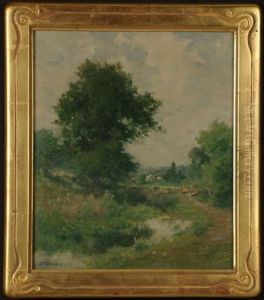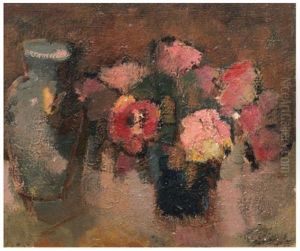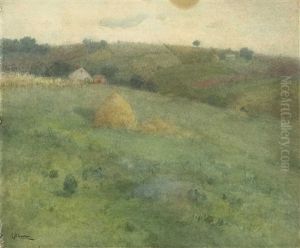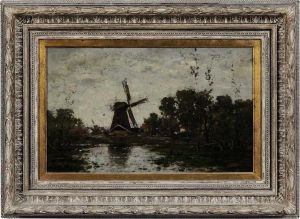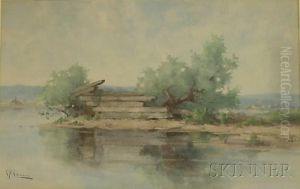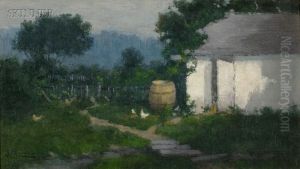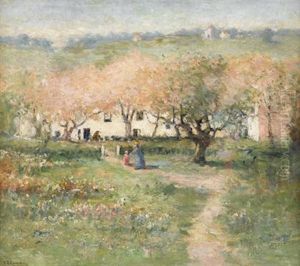Charlotte Buell Coman Paintings
Charlotte Buell Coman was an American landscape painter known for her poetic interpretations of the American countryside, particularly her tonal landscapes that reflect the influence of the Tonalist movement. Born on September 20, 1833, in Waterville, New York, Coman's early life paved the way for her artistic career. Although not much is detailed about her childhood, it is known that she developed an interest in art at a young age.
Coman began her formal art education at the age of 36, which was relatively late compared to many of her contemporaries. She studied with James R. Brevoort in New York and later continued her studies in Paris, where she was influenced by the Barbizon School, a group of artists who focused on realistic and subdued portrayals of rural French landscapes. Coman's style, however, would eventually align more closely with the Tonalist aesthetic, characterized by an emphasis on mood and atmosphere, and often featuring a limited, muted color palette.
After returning to the United States, Coman quickly established herself within the art community. She became a member of the National Academy of Design, where she also exhibited her work. Her paintings often depicted the serene and contemplative qualities of nature, and she was particularly adept at capturing the varying effects of light and weather on the landscape. Coman's work was well received, and she was one of the few women artists of her time to gain significant recognition. Her paintings were exhibited across the United States, including at the World's Columbian Exposition in Chicago in 1893.
Throughout her career, Coman remained active in promoting opportunities for women in the arts. She was a founding member of the Pen and Brush Club, an organization established to support professional women in the literary and visual arts. Coman's work continued to evolve, and later in her career, she experimented with more vibrant colors and a looser brushwork style.
Charlotte Buell Coman passed away on December 4, 1924, leaving behind a legacy of artistic contributions that captured the essence of the American landscape. Her paintings are held in various public and private collections, and she remains an important figure in the history of American art, particularly as a woman who achieved professional success in a field often dominated by men during her time.
